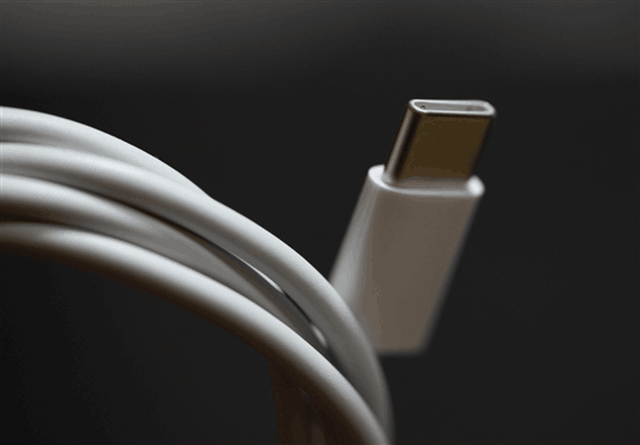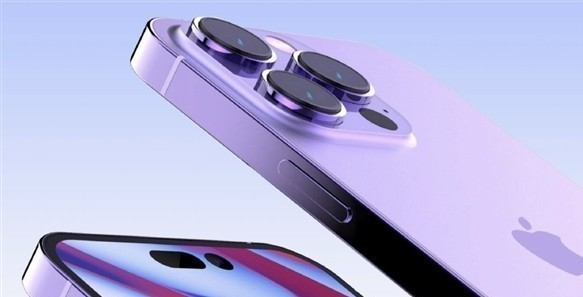The iPhone 15 may use Type-C across the range
BY ETrade Supply | 九月 6th, 2022 | 0 | 0
Therefore, multiple sources have revealed in recent months that Apple will discontinue the Lightning port for the iPhone 15 series in the second half of 2023 and replace it with Type-C ports across the board, which will increase the data transfer speed and charging speed of the iPhone from a hardware standpoint.

Apple's upcoming iPhone 15 and iPad 10 in 2022 will be the first products to include USB Type-C ports, which implies that this year's iPhone 14 series, AirPods Pro2, and other Apple products will be the last ones to incorporate Lightning ports.
In 2012, the first phone to use the Lightning connector was the iPhone 5, which was exactly 10 years ago, and at the time of its release, the Lightning connector had the advantage of being able to be plugged in both forwards and backwards.
However, when it comes to charging speed and data transfer speed, the Type-C connector outperforms the Lightning connector, and Apple's reluctance to replace the Lightning connector is due to the massive profits generated by the invention of the Lightning connector patent, which is the main reason for their reluctance to replace it.
In addition, the EU has reached an agreement to require manufacturers to use Type-C charging ports for mobile phones sold in the EU beginning in 2024, in order to reduce e-waste pollution caused by charger and charging cable inconsistency. Furthermore, high-level discussions have begun in India to discontinue the use of chargers with different interfaces, with the goal of reducing the burden on consumers.
How do people see it?












